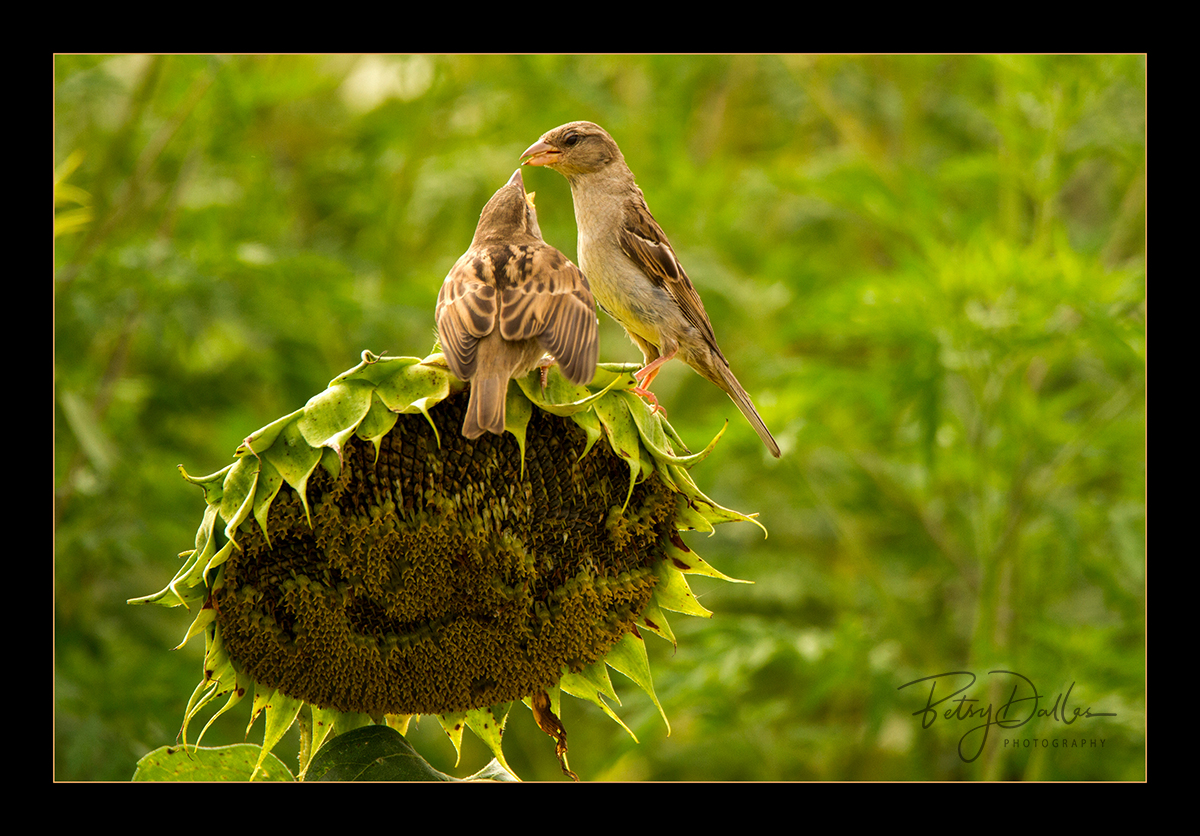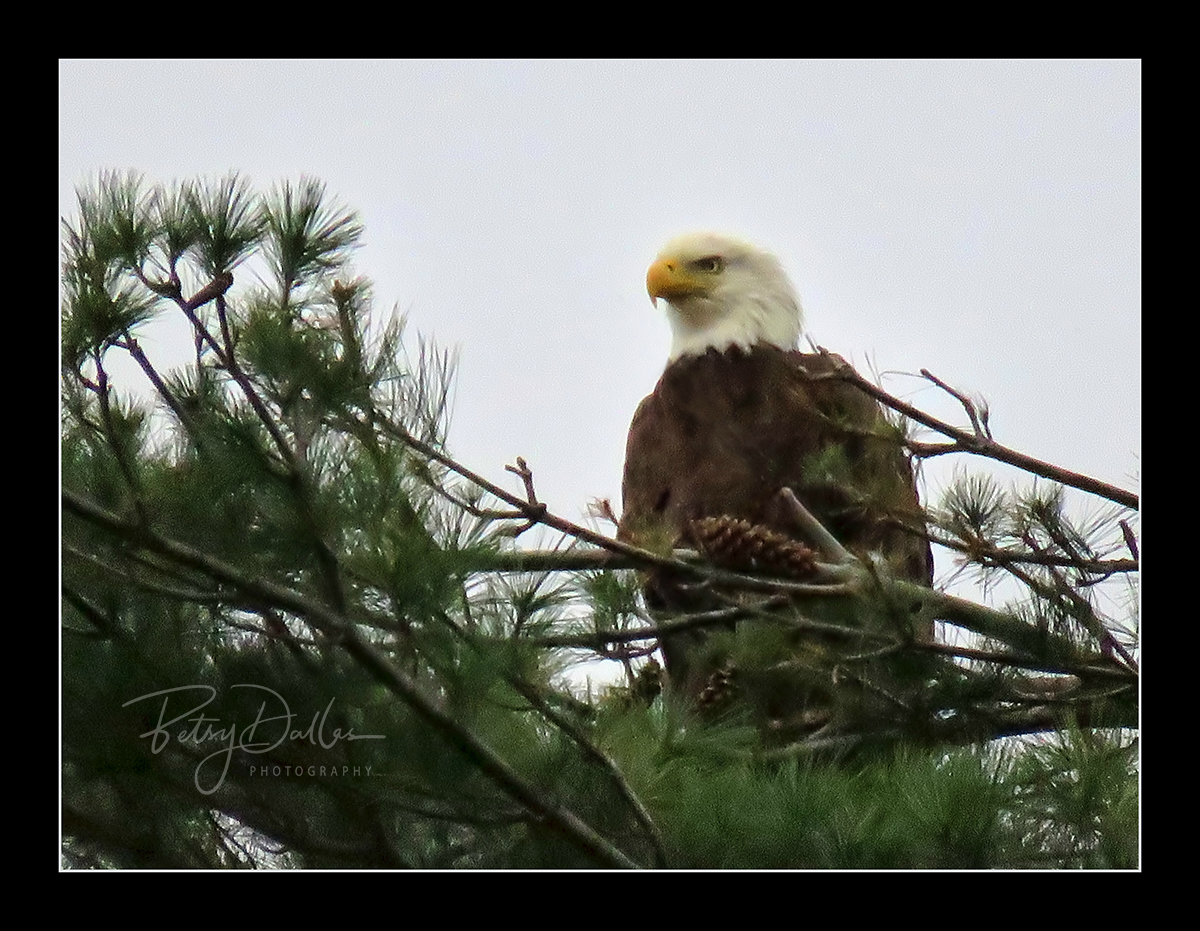Posted on August 15, 2018 in Birds, Documentary, Flowers, Nature, Wildlife

These two were feeding sunflower seeds to one another … it was so cute!
Posted on August 14, 2018 in Documentary, Nature

My first encounter with the Spotted Lanternfly was this past weekend at the sunflower field. They are an invasive insect that was first found in Pennsylvania in 2014. They are native to China, India, Vietnam, and have been introduced in South Korea and Japan. They jump more than they fly and are actually very pretty. They pose a threat to our grape, fruit tree and logging industries. Not a fan of most bugs (except maybe Butterflies, Ladybugs and Moths), I was a little freaked out when they flew at me!
Posted on June 12, 2018 in Birds, Documentary, Nature, Wildlife

This is a follow up to yesterday’s post featuring nest building Osprey. This was prize construction material gleaned from the shoreline in New Jersey.
Posted on June 11, 2018 in Birds, Documentary, Nature, Wildlife

When I was in college I wrote a report on the comeback of the Osprey (“fish hawk”) in the State of Pennsylvania. Back in the early 1980’s, the Osprey was placed on the threatened species list due to exposure from DDT which suppressed their eggs from hatching. After the sale and use of DDT was banned, the Osprey started to make a comeback. To be removed from the threatened species list, there must be a minimum of 50 nests in the state and 10 nests in each of the four watershed-based population clusters, which include the upper Delaware, lower Delaware, upper Ohio-Beaver, upper and lower Susquehanna. Artificial nest platforms like this one are placed near water to encourage nest building. In this photo, the Osprey is bringing a large piece of grass into the nest. It was huge and he/she flew quite a distance to retrieve it and bring it back. The two Osprey then spent a while rearranging to see where it looked best in their nest! I was very excited to have had the opportunity to see and photograph the birds that I wrote about so long ago.
Posted on May 6, 2018 in Birds, Documentary, Nature, Wildlife

I admit, this is a terrible image quality wise. It was shot with a super zoom bridge camera because the doggone thing can zoom out to 1365 mm. This bald eagle was in the tallest evergreen tree and my Tamron 150-600 wouldn’t come close to capturing a usable shot. I often take my super zoom camera along on bird watching hikes just because of the reach that I am able to achieve. Not to mention, it’s so much lighter to carry than my “big camera”, long lens and tripod. I can photograph the birds and get close up images that I can later ID at home using my birding reference books. The moral of the story is that the best camera is the one that helps you to capture a memory. In this case I opted for less quality, but a vivid image of the bird that I watched in the tree for a long time this morning. Isn’t this a stunning bald eagle?
